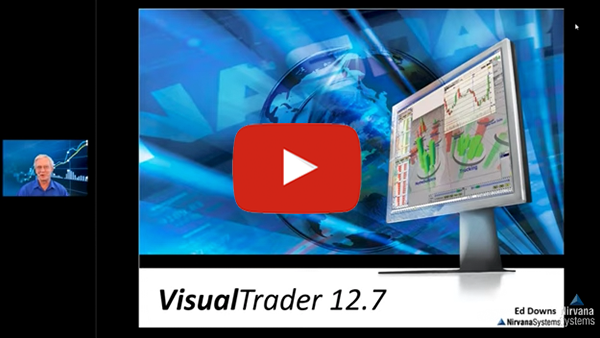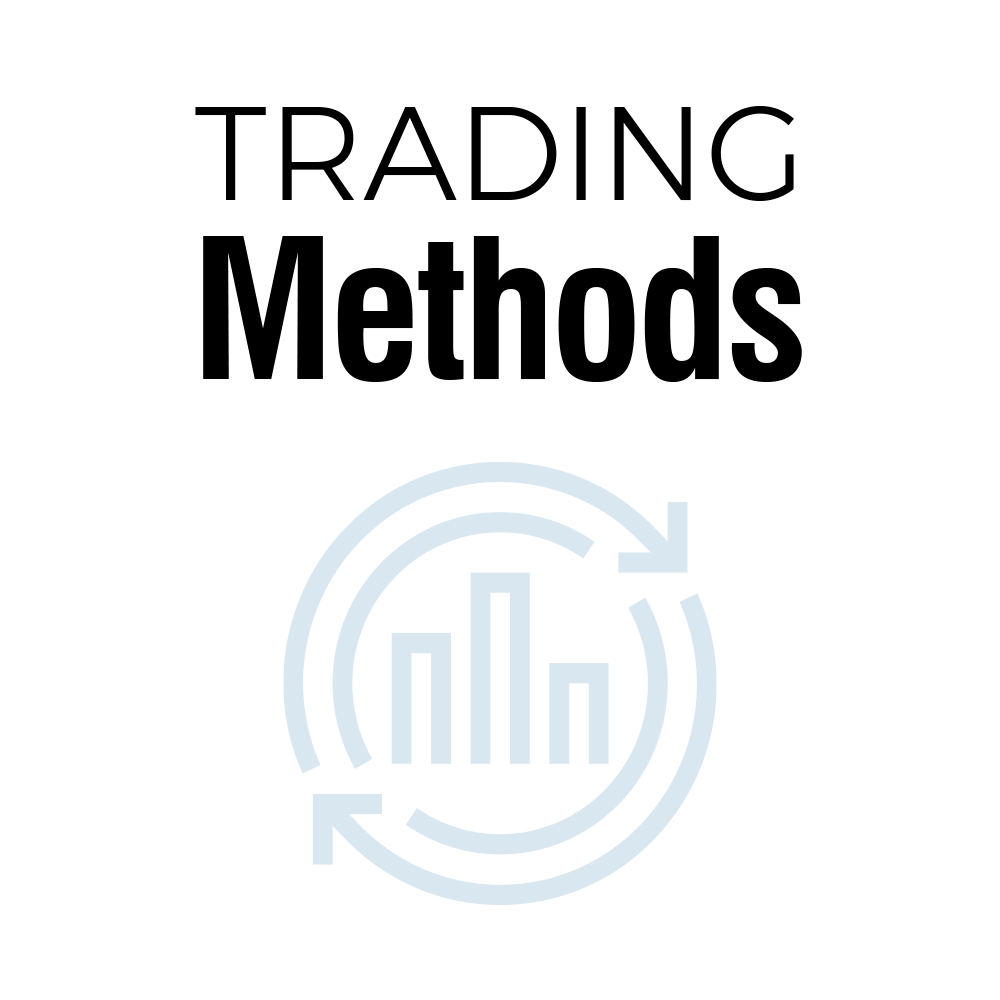The Power of Moving Averages in Stock Trading
Moving averages are a popular tool used in trading to analyze price trends and identify potential buy and sell signals. They are calculated by taking the average price of an asset over a certain period of time and are plotted on a chart to show the direction of the trend.
There are several types of moving averages, including simple moving averages (SMA), exponential moving averages (EMA), and weighted moving averages (WMA). Each type is calculated differently, but the basic idea is the same: to smooth out price fluctuations and show the overall direction of the trend.
One of the key benefits of using moving averages is that they can help traders identify trends and potential price reversals. For example, if the current price of an asset is above its 50-day moving average, this could be a bullish signal indicating that the price is likely to continue rising. Conversely, if the price is below the 50-day moving average, this could be a bearish signal indicating that the price is likely to continue falling.
Moving averages can also help traders identify support and resistance levels. For example, if an asset's price repeatedly bounces off its 200-day moving average, this could indicate that the moving average is acting as a support level. On the other hand, if the price repeatedly fails to break through its 50-day moving average, this could indicate that the moving average is acting as a resistance level.
In addition to identifying trends and support/resistance levels, moving averages can also be used to create trading strategies. For example, a simple strategy could be to buy an asset when its price crosses above its 50-day moving average and sell when the price crosses below the 50-day moving average. This type of strategy is known as a moving average crossover strategy and is one of the most popular and widely used trading strategies.
Moving averages are not without their limitations, however. One of the main drawbacks is that they can lag behind the actual price action, especially in fast-moving markets. This means that traders may miss out on some potential trading opportunities or enter/exit positions too late.
In conclusion, moving averages are a powerful tool for traders and can provide valuable insights into market trends and potential trading signals. While they are not perfect and should not be used in isolation, they can be a valuable addition to any trader's toolbox. As with any trading strategy or tool, it is important to do your own research and backtesting before implementing moving averages into your trading strategy.







































